Rosales, 1987 [Oeuvre principale]
Rosales, 1987 [Oeuvre principale]
Impossible de charger la disponibilité du service de retrait
L'orgue de la cathédrale épiscopale de la Trinité à Portland, Oregon, Rosales Op. 11
L'orgue de la cathédrale épiscopale de la Trinité à Portland, Oregon, a été construit en 1984-1987 par Manuel Rosales (opus 11). Sa construction a été possible grâce à la vision et aux efforts du chanoine Dr. John Strege, l'organiste de la Trinité pendant 37 ans jusqu'à sa retraite en 2010, et grâce à un don généreux de Bea Gerlinger qui a couvert la majeure partie du coût de l'orgue. De nombreux paroissiens ont fait du bénévolat pendant la construction et l'installation, qui ont eu lieu en même temps que d'importantes rénovations et améliorations du chœur.
La commande pour le nouvel orgue a été donnée à Manuel Rosales, un facteur d'orgues qui développait une réputation en tant que l'un des facteurs d'orgues les plus inspirés des États-Unis. La vision de John Strege était de créer un instrument liturgique magnifique et puissant qui brillerait dans de grandes pièces de concert ainsi que dans la musique ancienne ou les œuvres de chambre. Il s'est inspiré des orgues des cathédrales françaises, en particulier de l'orgue de St. Sulpice à Paris. L'instrument n'est cependant pas une copie d'un orgue existant ; au lieu de cela, Manuel Rosales a fait sa propre déclaration. En effet, selon de nombreux témoignages, l'opus 11 n'est pas seulement un très bon orgue, mais il reflète également bien le caractère de son constructeur : Beaucoup de puissance, beaucoup d'énergie, clarté de l'expression, fort caractère des voix, ensembles riches et exubérants. Barbara Owen a caractérisé l'instrument comme un "néo-baroque dans son concept, avec un geste romantique". Eh bien, c'est un orgue éclectique américain, l'un des meilleurs de son genre, avec une claire influence symphonique française.
Opus 11 contient 54 jeux et 85 rangs sur 93 mm de vent. TLe vent pour l'orgue est régulé par trois grands soufflets en forme de coin et des stabilisateurs de vent qui peuvent être désactivés selon les besoins pour la littérature du 17e-18e siècle. Cette caractéristique est fidèlement modélisée dans l'ensemble d'échantillons.
Présenté par Leonart Studio, votre revendeur autorisé pour Sonus Paradisi en Suisse (expédié à l'international). Obtenez vos orgues historiques échantillonnés numériquement pour une utilisation avec le logiciel d'instrument virtuel Hauptwerk.
Partagez cet ensemble d'échantillons
![Rosales, 1987 [Oeuvre principale]](http://artful.shop/cdn/shop/files/ss_rosales1.jpg?v=1693320443&width=1445)
![Rosales, 1987 [Oeuvre principale]](http://artful.shop/cdn/shop/files/ss_rosales2.jpg?v=1693320441&width=1445)
![Rosales, 1987 [Oeuvre principale]](http://artful.shop/cdn/shop/files/ss_rosales3.jpg?v=1693320441&width=1445)
![Rosales, 1987 [Oeuvre principale]](http://artful.shop/cdn/shop/files/ss_rosales4.jpg?v=1693320441&width=1445)
![Rosales, 1987 [Oeuvre principale]](http://artful.shop/cdn/shop/files/ss_rosales5.jpg?v=1693320440&width=1445)
![Rosales, 1987 [Oeuvre principale]](http://artful.shop/cdn/shop/files/ss_rosales6.jpg?v=1693320442&width=1445)
![Rosales, 1987 [Oeuvre principale]](http://artful.shop/cdn/shop/files/ss_rosales7.jpg?v=1693320442&width=1445)
![Rosales, 1987 [Oeuvre principale]](http://artful.shop/cdn/shop/files/ss_rosales8.jpg?v=1693320441&width=1445)
![Rosales, 1987 [Oeuvre principale]](http://artful.shop/cdn/shop/files/ss_rosales9.jpg?v=1693320442&width=1445)
![Rosales, 1987 [Oeuvre principale]](http://artful.shop/cdn/shop/files/ss_rosales10.jpg?v=1693320440&width=1445)
![Rosales, 1987 [Oeuvre principale]](http://artful.shop/cdn/shop/files/ss_rosales11_a1b9a69a-d8e9-4bb8-b3a8-64ca97a9b54a.jpg?v=1693320440&width=1445)
Spécification (liste d'arrêt)
-
Manuel I
C–c4
Bourdon 16'
Principal 8'
Bourdon 8'
Octave 4'
Tuyau 4'
Grosse Tierce 3 1/5'
Nasard 2 2/3'
Doublet 2'
Tierce 1 3/5'
Larigot 1 1/3'
Mixture VII
Trompette 8'
Cromorne 8'
Clairon 4'
Tremulant -
Manuel II
C–c4
Prestant 16'
Principal 8'
Flûte harmonique 8'
Bourdon 8'
Gambe 8'
Octave 4'
Flûte spirale 4'
Quinte 2 2/3'
Super Octave 2'
Cornet V
Mixture XI
Bombarde 16'
Trompette 8'
Clarion 4'
Tremblant -
Manuel III
C–c4 (swell enclosed)
Bourdon 16'
Geigen Principal 8'
Bourdon 8'
Flûte harmonique 8'
Viola da Gamba 8'
Céleste (battante) 8'
Octave 4'
Flûte Octaviante 4'
Octavin 2'
Cornet IV
Mixture IV
Basson 16'
Trompette 8'
Hautbois 8'
Vox Humana 8'
Clairon 4'
Tremblant -
Manuel IV
-
-
Pédale
C–g1
Bourdon 32'
Bois Ouvert 32*
Bois Ouvert 16'
Prestant 16'
Bourdon 16'
Octave 8'
Flûte 8'
Bourdon 8'
Super Octave 4'
Mixture VII
Contra Trombone 32'
Bombarde 32'
Bombarde 16'
Trombone 16'
Trompette 8'
Clarion 4'
Tremulant de Pédale
* acoustique seulement -
Autres spécifications
Tremulants : L'orgue original a deux tremulants. Un tremulant de pédale et un tremulant manuel unique, affectant simultanément les trois manuels. Cela a été modifié dans le modèle virtuel. Deux tremulants manuels sont modélisés, un indépendant pour le Swell et l'autre pour le premier et le deuxième manuel ensemble.
Bombarde 32' : la Bombarde originale est un arrêt acoustique uniquement. Nous avons ajouté une véritable Bombarde 32' au modèle virtuel comme conseillé par Manuel Rosales.
Couplers : Gt/Ped 8', Sw/Ped 8', Pos/Ped 8'; Sw/Gt 8', Pos/Gt 8', Sw/Pos 8';
Accessoires : Etoile (Zimbelstern), Rossignol (Chant d'oiseau); Interrupteurs d'orgue complet (Sforzando et Grand Jeu), pédale de crescendo, pédale de swell;
Combinaisons divisionnelles et générales.
Histoire
The Organ of Trinity Episcopal Cathedral in Portland, Oregon
The organ of Trinity Episcopal Cathedral in Portland, Oregon was built in 1984-1987 by Manuel Rosales (opus 11). Its construction was possible thanks to the vision and efforts of Canon Dr. John Strege, the organist at Trinity for 37 years until his retirement in 2010, and through a generous gift of Bea Gerlinger that covered the bulk of the cost of the organ. Many parishioners volunteered during construction and installation, which occurred at the same time as extensive chancel renovations and improvements.
The commission for the new organ was given to Manuel Rosales, an organ builder who was developing a reputation as one of the most inspired organ builders in the United States. John Strege’s vision was to create a magnificent and powerful liturgical instrument which would shine in big concert pieces as well as in early music or chamber works. He was inspired by French cathedral organs, especially by the St. Sulpice organ in Paris. The instrument is not, however, a copy of any existing organ; instead, Manuel Rosales made his own statement. Indeed, according to numerous testimonies, opus 11 is not only a really good organ, but it also mirrors well the character of its builder: A lot of power, a lot of energy, clarity of speech, strong character of voices, rich and exuberant ensembles. For example, the Cromorne of the Positive division has probably the most Cromorne character ever heard - a true "Cromorne Mirabilis" as it is sometimes called by its intimate fans. After installation, full organ was measured in the arch at the front of the transept at a staggering 109dB. Hearing this organ in person is a visceral experience not soon forgotten, thanks especially to the exciting fire of its reeds. But its awesome power is matched by its beauty, with many delicate details such as the presence of both a Bourdon 8 and Flute Harmonique 8 on the swell, a harmonic flute chorus of 8-4-2, and meticulous voicing throughout the organ that allows many stops to serve as colorful solo stops. There is an 8’ Principal on all three divisions, and each division has a Cornet of varying colors for use in French, Flemish, and English music. Barbara Owen characterized the instrument as a "neo-Baroque in concept, with a Romantic gesture". Well, it is an American eclectic organ, one of the best of its kind, with a clear French symphonic influence.
The "Positif" sits at the top of the organ case, played from the lowest keyboard, formed along the Classical French traditions. This is where we meet the (neo)-Baroque elements most. (Try it yourself by retuning the instrument to a meantone tuning using the Hauptwerk Temperament Menu.) The middle keyboard operates the “Grand Orgue” with its enormous Principal chorus starting with the Prestant 16 in the facade and crowned with eleven (!) ranks of a Mixture. The sonority and the harmonic richness of this chorus is rarely met. The pipes for this division are below the Positif, at the level of the impost. The top keyboard operates the "Récit expressif", the swell enclosed division of a symphonic type, located at floor level. The pedal is located in the main case at impost level, with the low-pitched stops behind the organ case. The pedal offers a solid foundation to the instrument, including two large-scale 32' stops: a Bourdon 32' constructed for this organ, and a reused Magnaton 32' by Austin from 1905, restored and named Contra Trombone 32'. Low C of this full-length stop is a nearly 40cm (15”) in diameter. The other two 32' stops are acoustical, using deep quints of the Bombarde 16' and a bass cornet from the Open Wood 16' to produce an illusion of another strong 32' fundamental.
Opus 11 contains 54 stops and 85 ranks on 93mm of wind. The wind for the organ is regulated by three large wedge-shaped bellows and wind stabilizers that can be turned off as desired for 17th-18th century literature. This feature is faithfully modelled in the sample set.
The instrument has electric stop action, but suspended mechanical key action. The organ case is of white oak. The pipe shades, carved of basswood, contain imagery of the Trinity, and the leaf design is based on the species Heracleum lanatum (common name: Cow parsnip) that grows in the Pacific Northwest.
Further reading:
http://trinity-episcopal.org/music/rosales-organ
http://rosales.com/instruments/op11/index.htm
R25 - Rosales Opus 11, a booklet published for the 25th anniversary of the dedication of the organ.
Special thanks to Erik Simmons for his massive support during the recording sessions and for showing us the beauty of Oregon.
Caractéristiques
Hauptwerk v.4.2 et supérieur pris en charge.
Temps de réverbération
Le temps de réverbération est d'environ 2 secondes.
Claviers, pédalier
Le compas original des claviers est de 61 touches (5 octaves complètes). Le compas original de la division des pédales est de 32 touches.
Format Surround
Le jeu d'échantillons est proposé dans la variante Surround (6 canaux). En plus des habituels 4 canaux surround, il y a deux autres canaux avant alternatifs. Au total, il y a 4 canaux audio avant et 2 canaux arrière. Les deux paires de rangs avant présentent deux positions d'enregistrement différentes : directe (près des tuyaux) et diffuse (éloignée de l'instrument). Ces deux paires de rangs avant peuvent être mélangées librement pour atteindre n'importe quelle position d'écoute entre les deux extrêmes, ou utilisées séparément - selon les préférences de l'utilisateur. Une "table de mixage" dédiée est disponible dans Hauptwerk pour mixer le son au niveau souhaité.
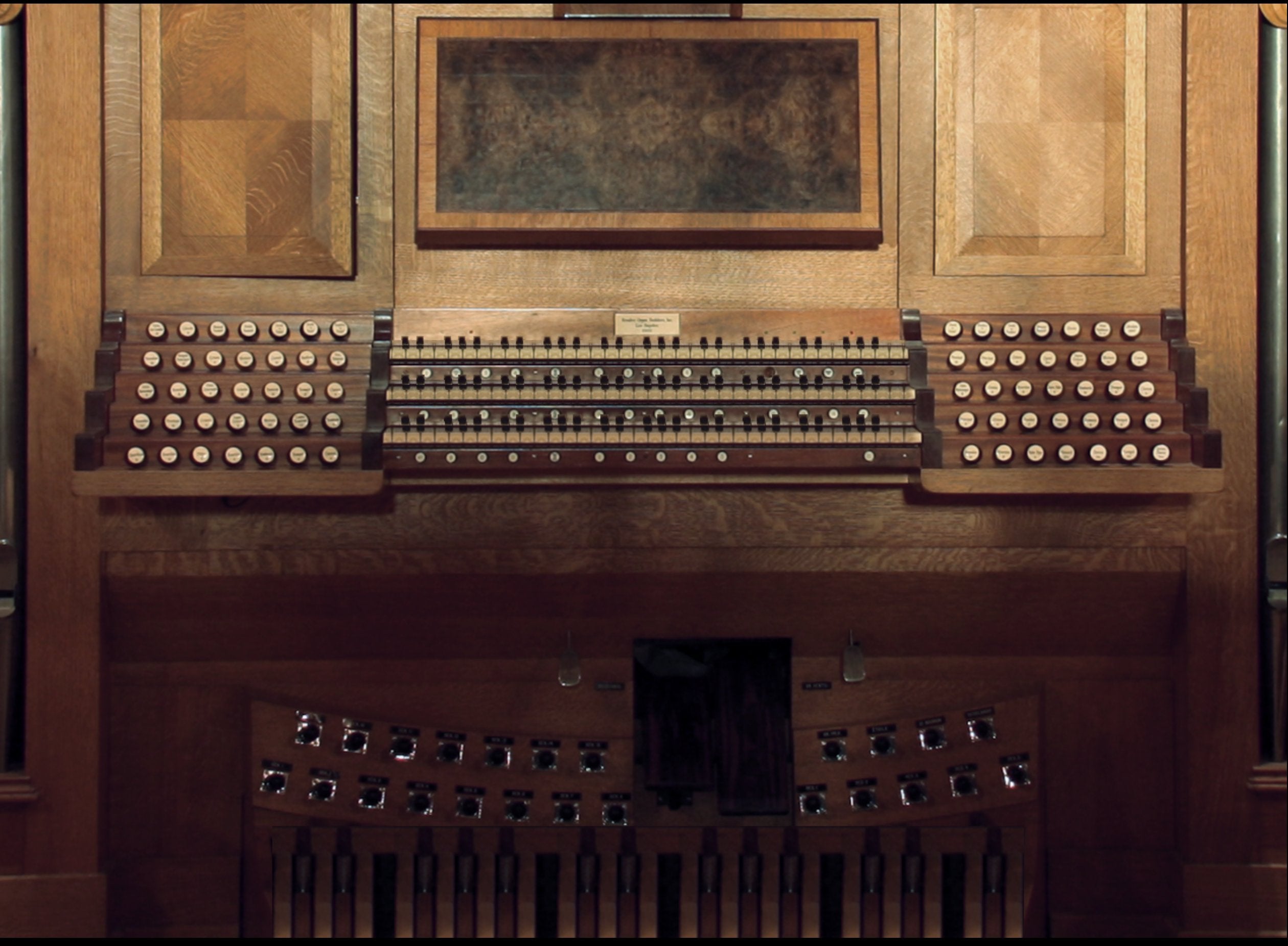
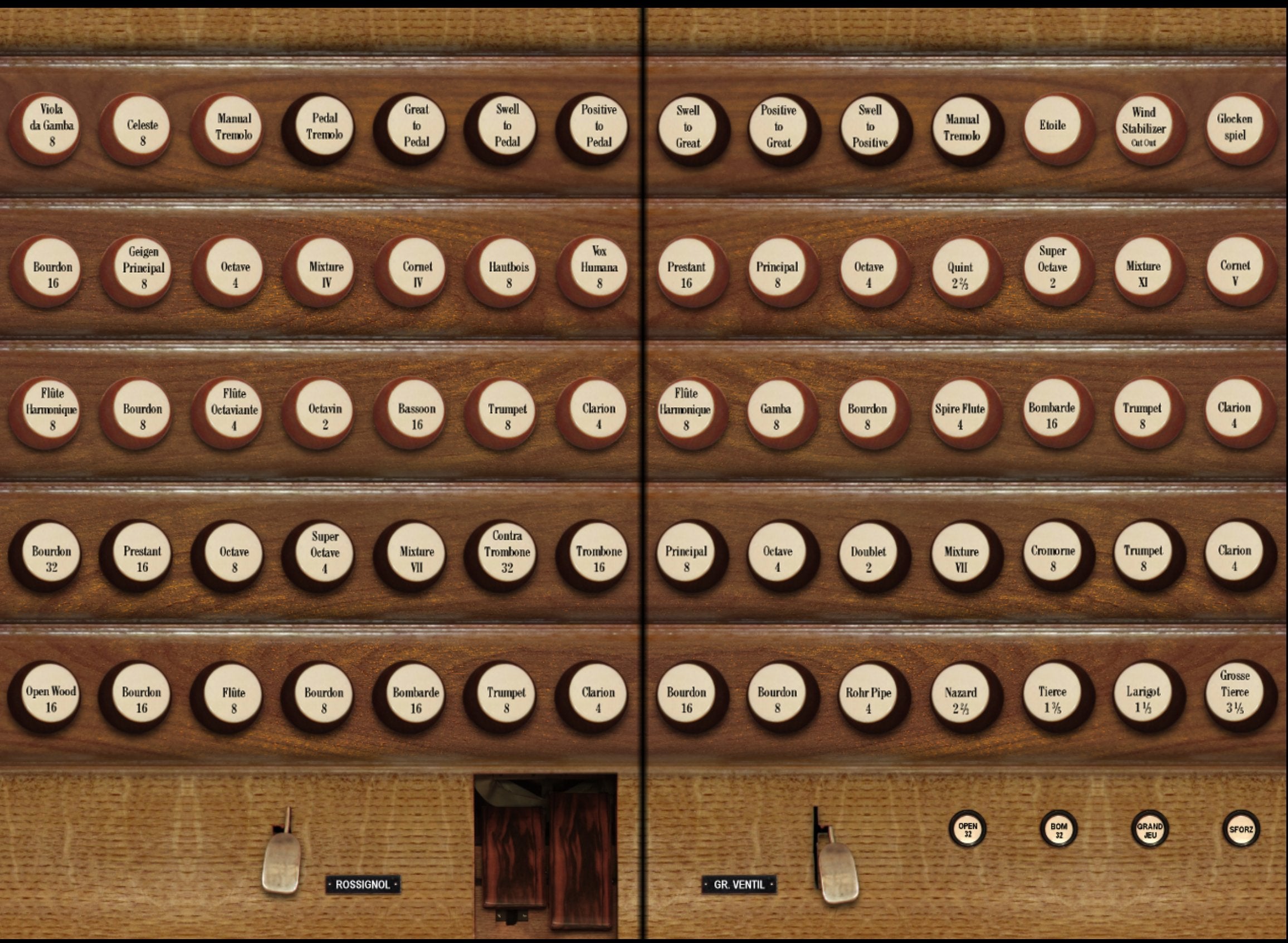
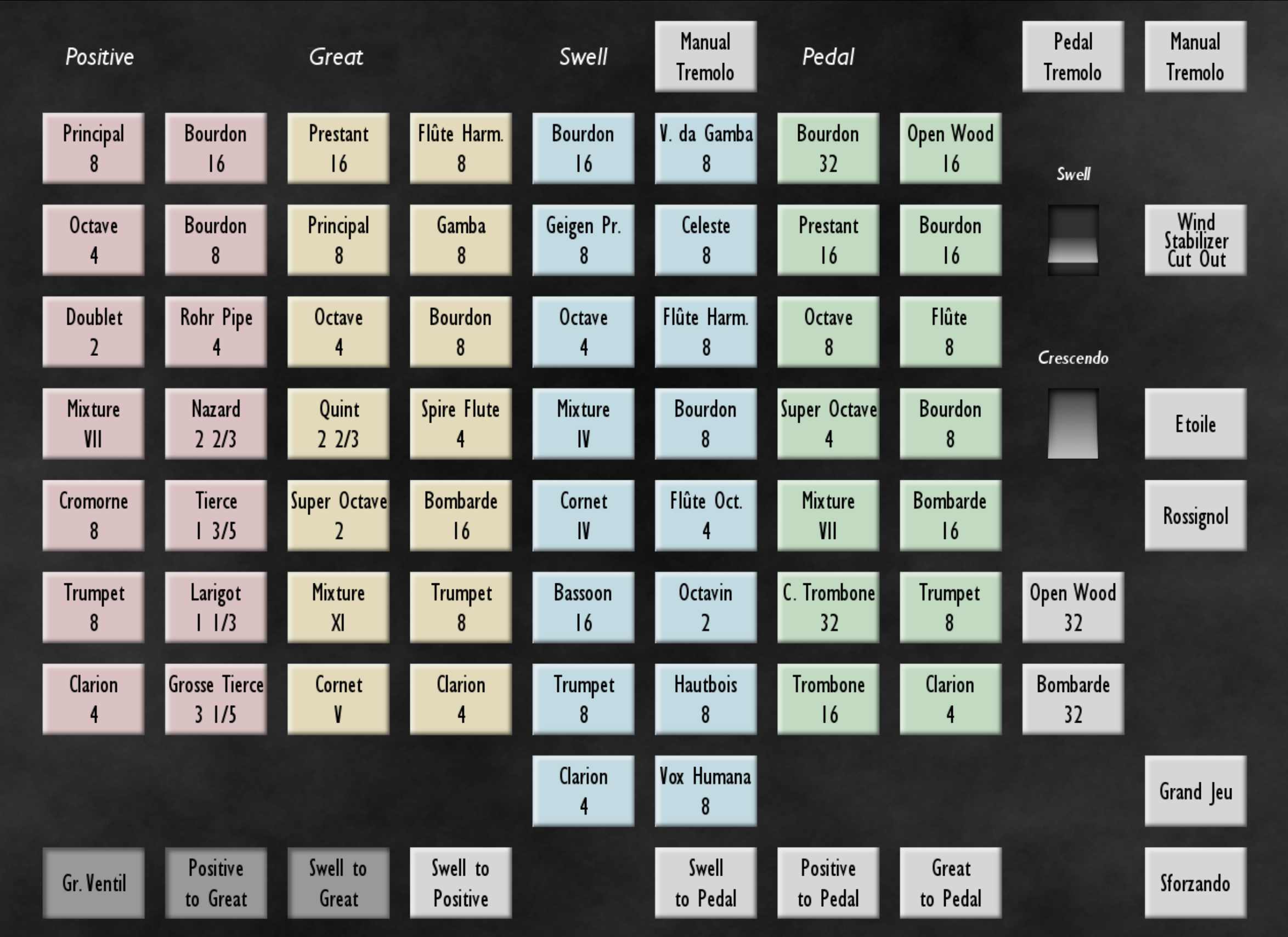
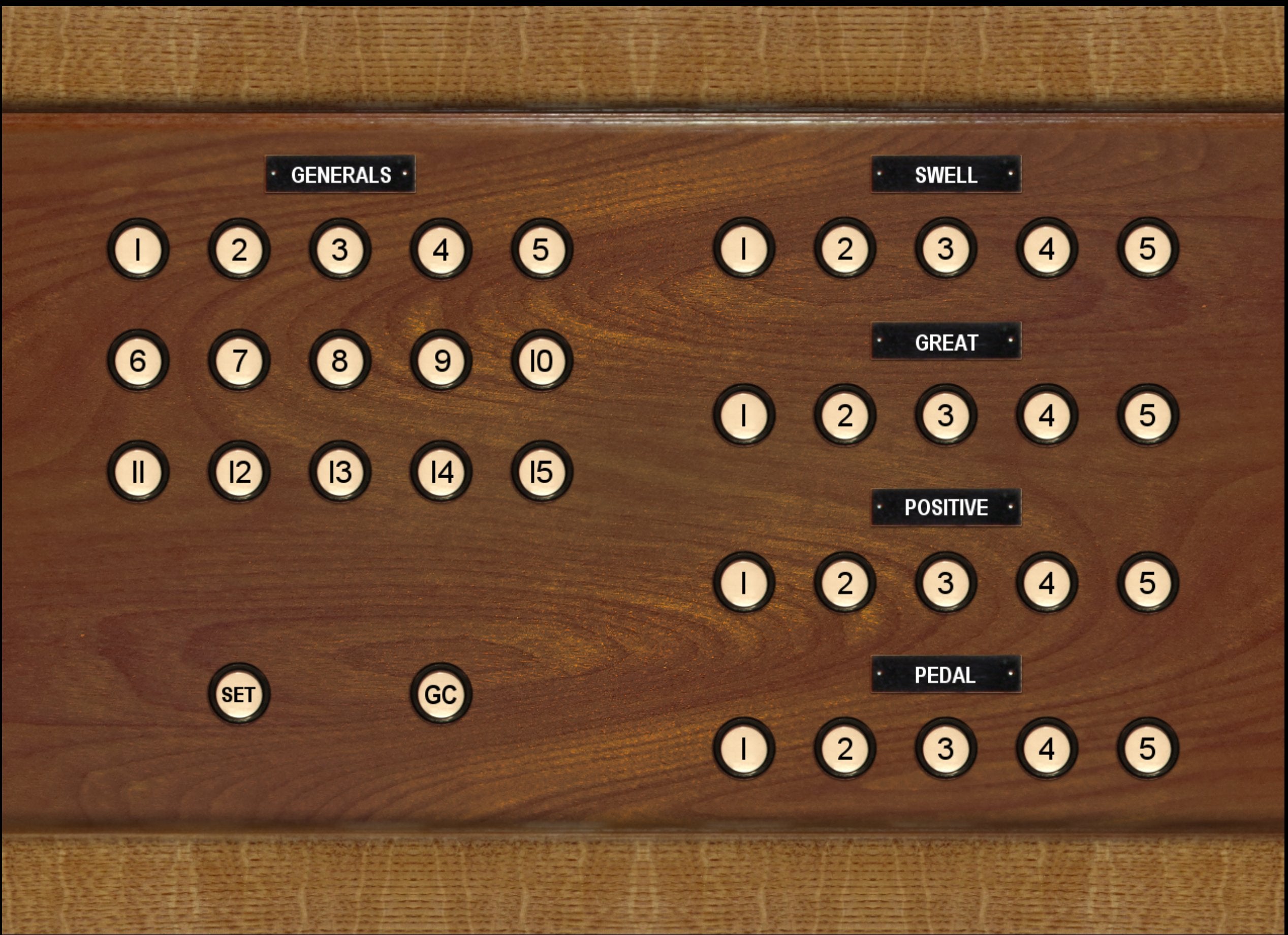
Exigences
Hauptwerk v.4.2 et supérieur pris en charge.
Consommation de RAM : surround 6 canaux
16 bits, autres paramètres par défaut : 25,1 Go
20 bits, autres paramètres par défaut : 42,2 Go (recommandé)
24 bits, autres paramètres par défaut : 47,8 Go
Consommation de RAM : wet 2 canaux
16 bits, autres paramètres par défaut : 9,3 Go
20 bits, autres paramètres par défaut : 15,1 Go
24 bits, autres paramètres par défaut : 17,4 Go
Espace disque occupé : environ 61 Go.
Résolution d'écran 1280x1024 px ou plus.
Polyphonie de 6000 voix recommandée pour le surround complet (3000 tuyaux minimum).
Polyphonie de 1800 tuyaux simultanés recommandée pour l'utilisation de l'ensemble d'échantillons wet.
Ce jeu d'échantillons Hauptwerk vous est présenté par Leonart Studio, un revendeur autorisé pour le fabricant Sonus Paradisi en Suisse (expédition internationale). Profitez de cette bibliothèque d'orgue échantillonnée numériquement pour une utilisation avec le logiciel Hauptwerk et commencez à élargir votre collection d'orgues historiques dès aujourd'hui.
Plus de jeux d'échantillons Hauptwerk
-
Schwerin, Dom, Ladegast Organ 1871 [Hauptwerk]
Fournisseur :Sonus ParadisiPrix habituel CHF 616.00Prix habituelPrix unitaire / par -
Segovia, 1772 [Œuvre principale]
Fournisseur :Sonus ParadisiPrix habituel CHF 317.90Prix habituelPrix unitaire / par -
![Groningue, 1450-1740 [Hauptwerk]](//artful.shop/cdn/shop/files/ss_Groningen1.jpg?v=1693275425&width=533) En vente
En venteGroningue, 1450-1740 [Hauptwerk]
Fournisseur :Sonus ParadisiPrix habituel Du CHF 658.90Prix habituelPrix unitaire / parCHF 1,681.90Prix promotionnel Du CHF 658.90En vente -
St. Maximin, 1775 [Oeuvre principale]
Fournisseur :Sonus ParadisiPrix habituel CHF 440.00Prix habituelPrix unitaire / par -
Reuter, 1928 [Oeuvre principale]
Fournisseur :Sonus ParadisiPrix habituel CHF 473.00Prix habituelPrix unitaire / par -
Casavant, 1995 [Oeuvre principale]
Fournisseur :Sonus ParadisiPrix habituel CHF 174.90Prix habituelPrix unitaire / par -
Rotterdam Hoofdorgel, 1973 [Hauptwerk]
Fournisseur :Sonus ParadisiPrix habituel Du CHF 330.00Prix habituelPrix unitaire / parCHF 958.10Prix promotionnel Du CHF 330.00En vente -
Piacenza, 1838 [Œuvre principale]
Fournisseur :Sonus ParadisiPrix habituel CHF 330.00Prix habituelPrix unitaire / par -
Bückeburg, 1997 [Oeuvre principale]
Fournisseur :Sonus ParadisiPrix habituel Du CHF 1.10Prix habituelPrix unitaire / par -
Lüdingworth, 1683 [Oeuvre principale]
Fournisseur :Sonus ParadisiPrix habituel CHF 330.00Prix habituelPrix unitaire / par

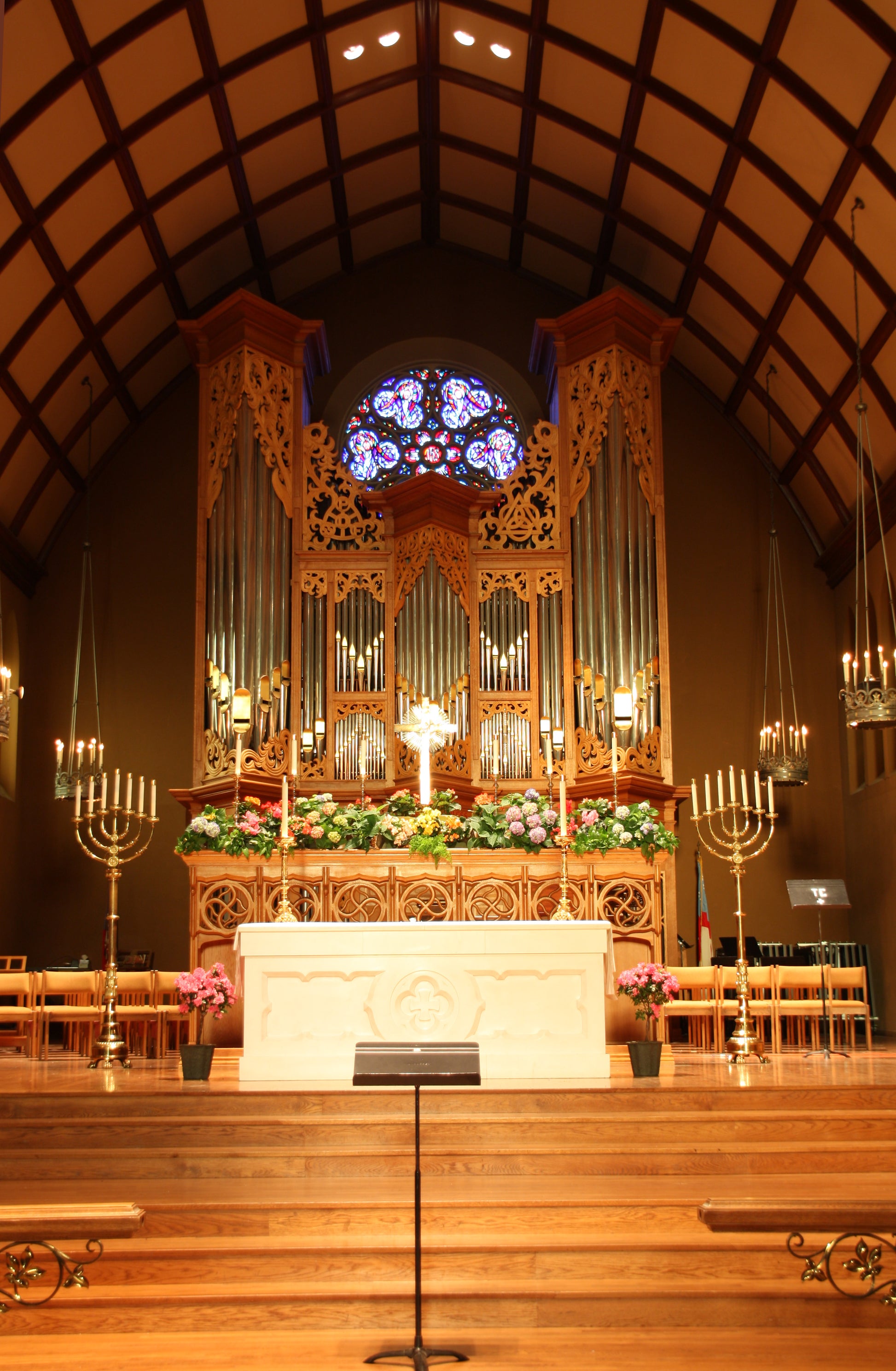

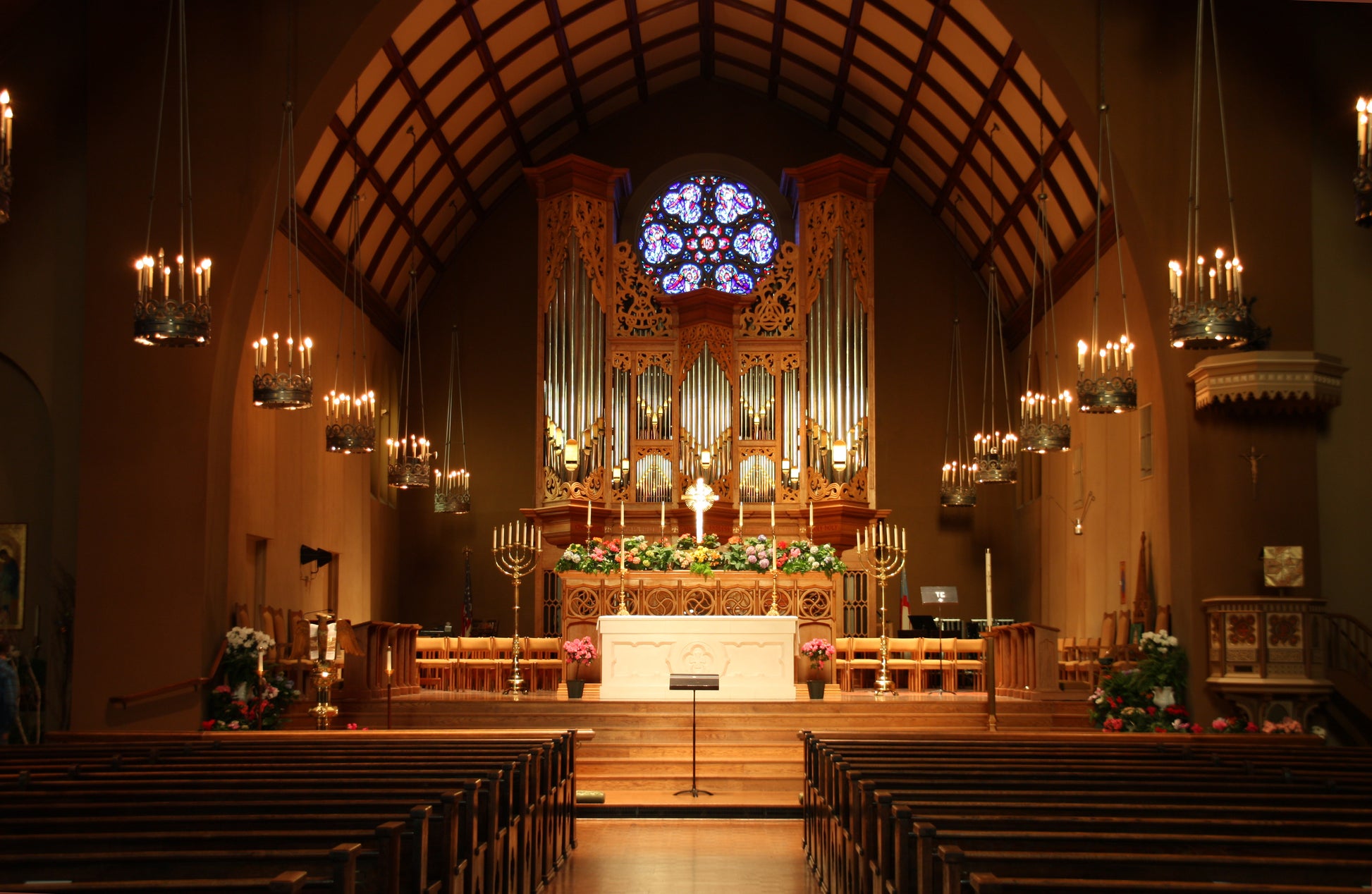
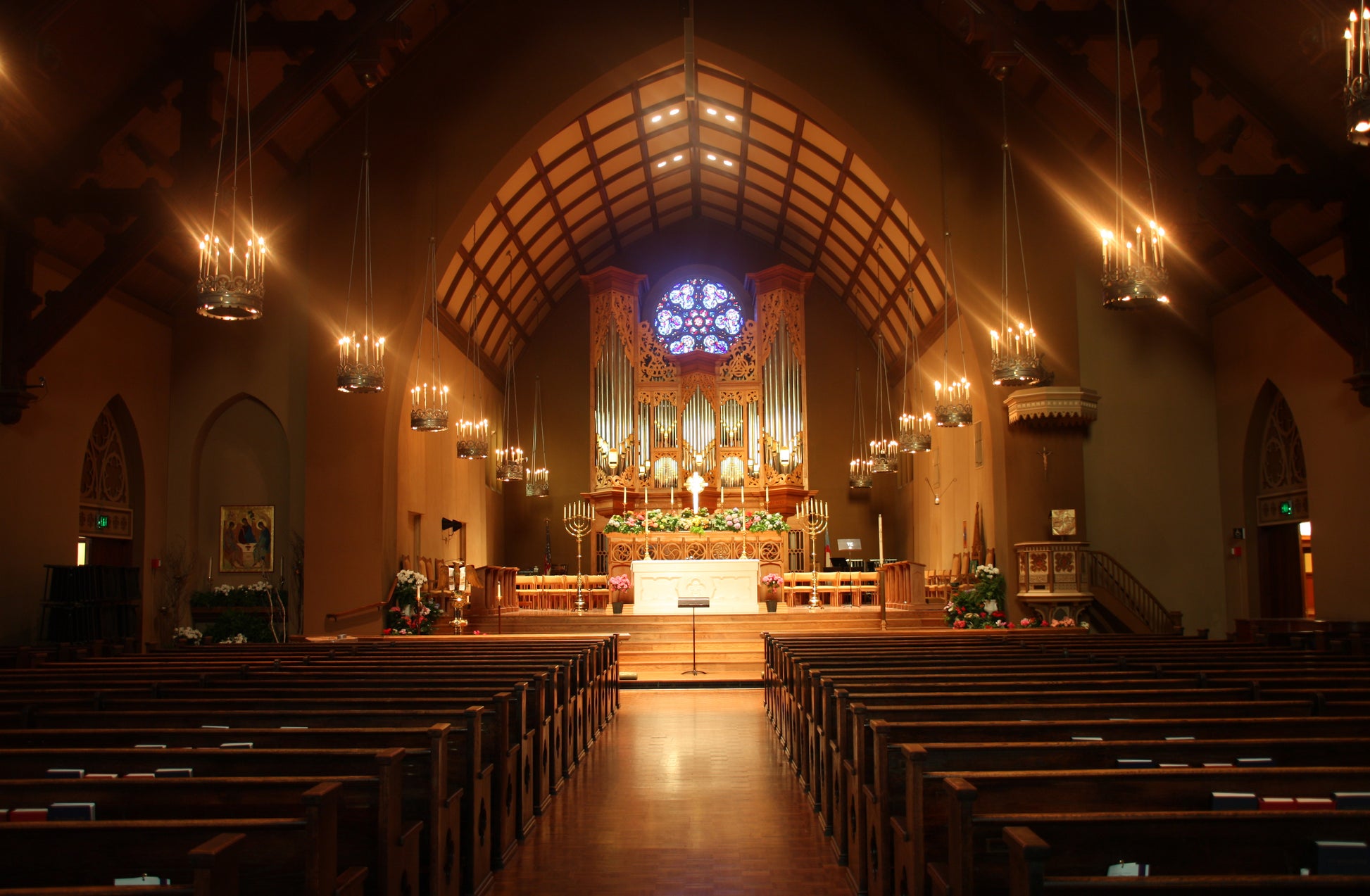


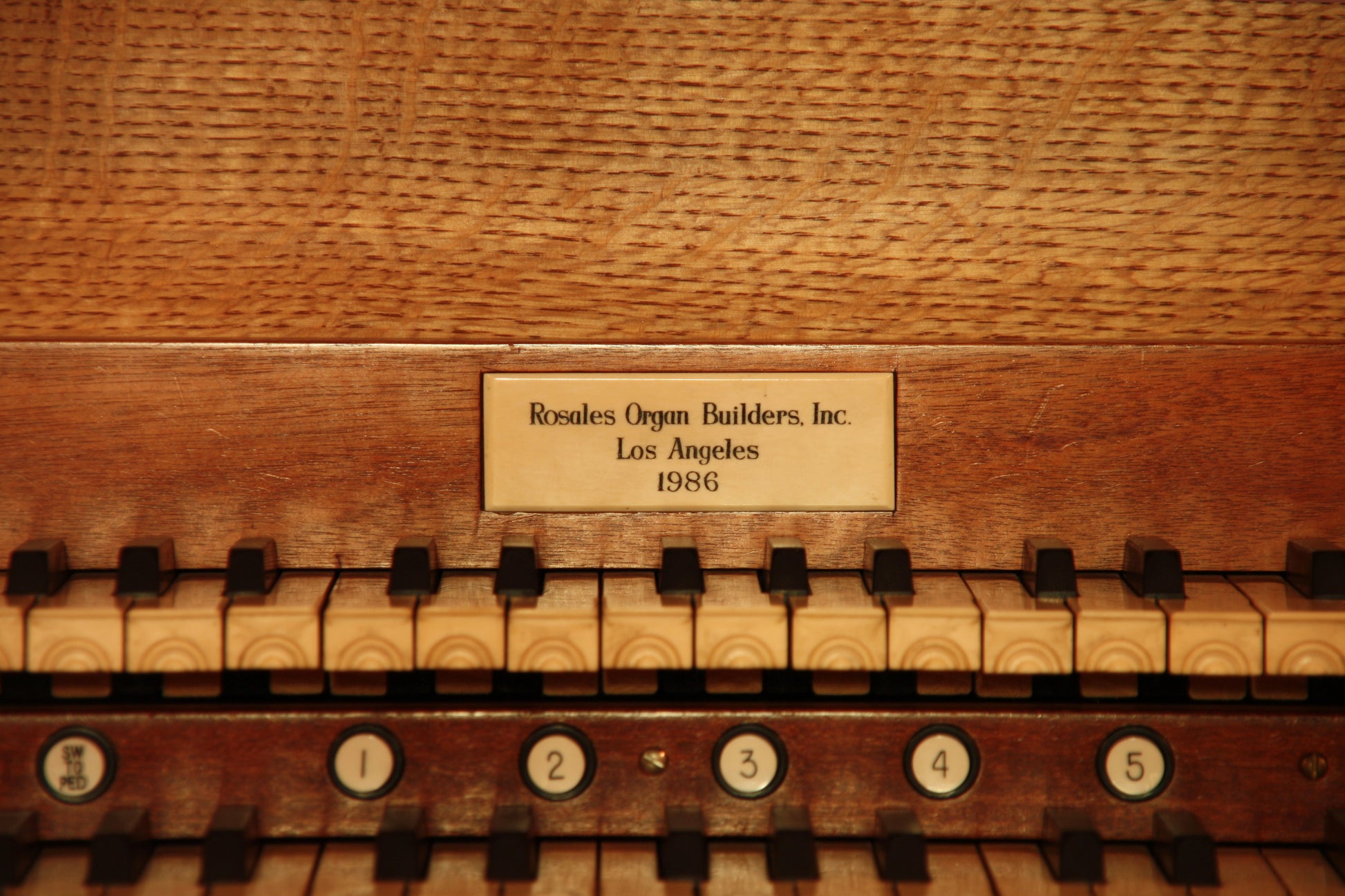
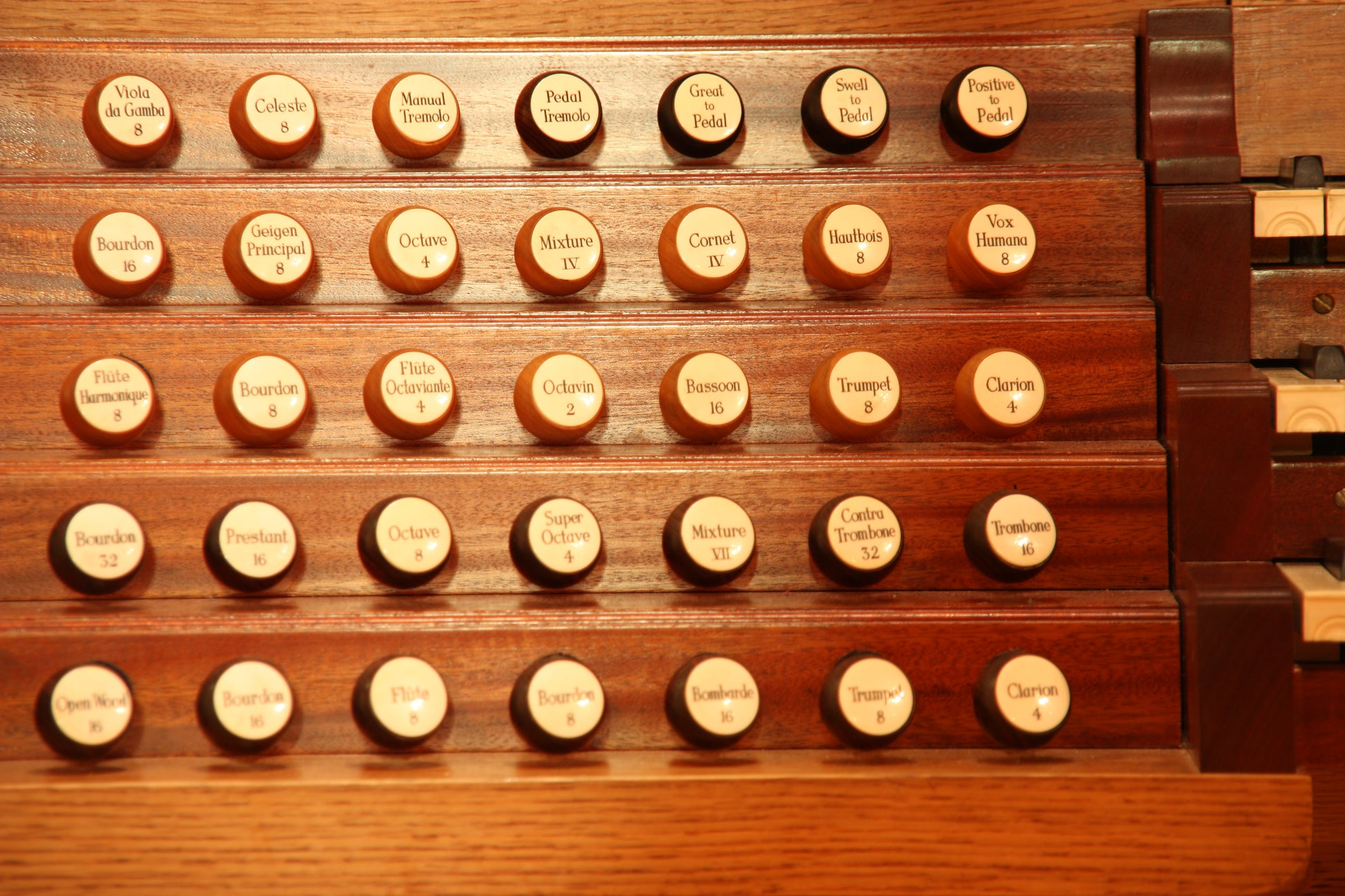



![Schwerin, Dom, Ladegast Organ 1871 [Hauptwerk]](http://artful.shop/cdn/shop/files/ladegast1.jpg?v=1759140126&width=533)
![Segovia, 1772 [Œuvre principale]](http://artful.shop/cdn/shop/files/ss_segovia1.jpg?v=1714213906&width=533)
![Groningue, 1450-1740 [Hauptwerk]](http://artful.shop/cdn/shop/files/ss_Groningen1.jpg?v=1693275425&width=533)
![St. Maximin, 1775 [Oeuvre principale]](http://artful.shop/cdn/shop/files/ss_maximin1.jpg?v=1692902597&width=533)
![Reuter, 1928 [Oeuvre principale]](http://artful.shop/cdn/shop/files/ss_Reuter1.jpg?v=1693321024&width=533)
![Casavant, 1995 [Oeuvre principale]](http://artful.shop/cdn/shop/files/ss_casavant1.jpg?v=1693319885&width=533)
![Rotterdam Hoofdorgel, 1973 [Hauptwerk]](http://artful.shop/cdn/shop/files/ss_RotterdamMain1.jpg?v=1693279529&width=533)
![Piacenza, 1838 [Œuvre principale]](http://artful.shop/cdn/shop/files/ss_piacenza1.jpg?v=1693003521&width=533)
![Bückeburg, 1997 [Oeuvre principale]](http://artful.shop/cdn/shop/files/ss_bueckeburg1.jpg?v=1692967628&width=533)
![Lüdingworth, 1683 [Oeuvre principale]](http://artful.shop/cdn/shop/files/ss_luedingworth1.jpg?v=1692998051&width=533)